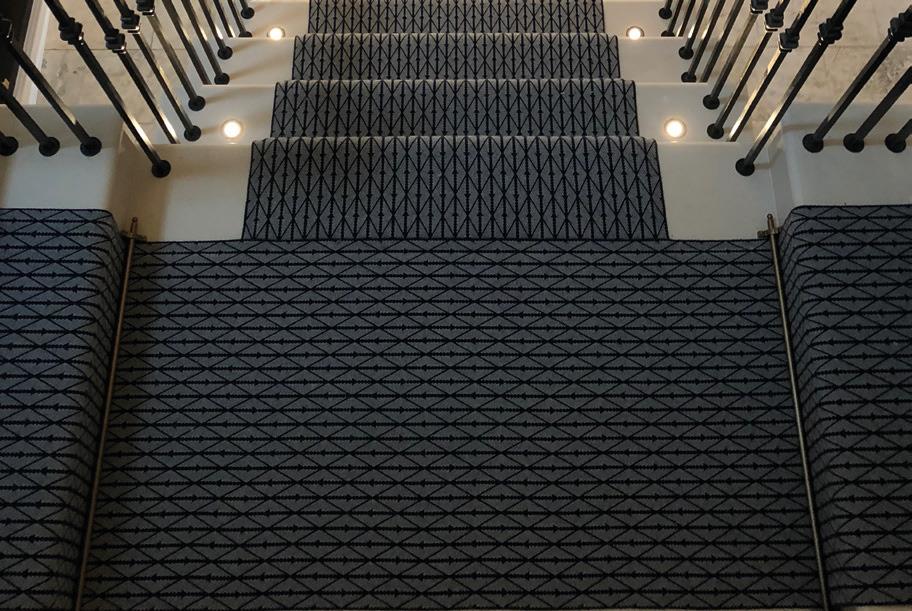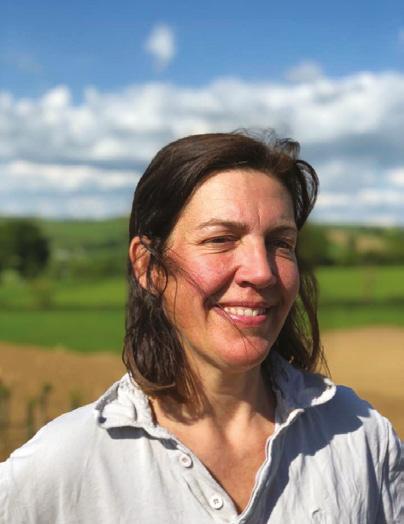
3 minute read
LOST DORSET NO. 32 WEST MILTON
David Burnett, The Dovecote Press
The current outbreak of avian flu has reminded me of Dorset’s higglers, or rural pedlars, who often took part payment in eggs and poultry. The parish register of 1862 for the tiny village of West Milton, set amidst steep-sided valleys near Bridport, records the marriage of two of them, Hannah Guppy, aged 25, to Thomas Knight, two years her junior. Hannah used to sell her produce at Weymouth market, ‘starting her journey almost in the middle of the night’. Thomas Hardy described them as ‘an interesting and better-informed class than agricultural labourers.’ Traditionally they sold everything from saucepans to patent medicines. The most common in Victorian Dorset were those hawking the traditional earthenware pottery made around Verwood, particularly egg crocks and the Dorset Owl – a flask for taking cider or cold tea into the fields when working.
Advertisement
The Dovecote Press has been publishing books about Dorset since 1974, many of which are available locally from Winstone’s Books or directly from the publishers. This photograph is taken from Lost Dorset: The Villages & Countryside.
dovecotepress.com
OBJECT OF THE MONTH THE ‘COAL MONEY’
Elisabeth Bletsoe, Curator, Sherborne Museum
In the museum’s Roman exhibition case on the ground floor are two curious artefacts which are significant and fascinating not only in themselves but also for the way in which they have been interpreted historically. They are discs of shale, roughly 5 cm in diameter, one with two circular indents on one side and some shallow rectangular markings, and the other with a tapering base and a smaller raised disc on top with a single square indent. The tiny labels on each read ‘Kimmeridge coal money’, written in a cramped hand, and are integral to the objects’ story. They are, in fact, offcuts created as a result of the prehistoric shale industry but their origins were initially a great mystery.
The source for these waste cores is the narrow band of Upper Jurassic kerogen-rich shale (‘Blackstone’) on the Isle of Purbeck and notably the cliff-sections near Kimmeridge and Ringstead Bay. The ‘Burning Cliff’ was so-called after a landslip in 1826 triggered spontaneous oil-shale fires that smouldered for several years due to the high percentage of organic material which combusts easily when fractured. The making of highly polished artefacts, such as armlets or bracelets, from this material has been traced back as far as the Iron Age; the activity continued into the RomanoBritish period when the site was particularly exploited.
The antiquary John Hutchins, while documenting the history of Dorset, noted in March 1768 that round discs from this area were at the time used for fuel by the poor and known as ‘Kimmeridge coal’. In the early c19th, W.A. Miles called them ‘curious and non-descript’, concluding that they were Phoenician, to be used as money ‘not in the way of circulating currency but as representatives of coin and of some mystical use in sacrificial or sepulchral rites’; he further conjectured they might have been produced on a lathe. The Dorset poet, historian and folklorist William sherbornemuseum.co.uk
Barnes was the first to suggest they were a by-product of the armlet industry, as similar discs had been found alongside such ornaments at a Roman cemetery at Fordington. During an archaeological lecture of 1844 John Sydenham reiterated their use as fuel by locals of ‘primitive character’ where ‘coal money’ was found ‘beneath the unbroken pastures of this romantic district’. Sydenham also referred to their association with partially made armlets which further confirmed a lathe was involved.
The lathe would have had rotating discs to turn the material and was worked by a foot treadle. Initially shale was cut into 20mm thick circles. Two circular indentations were chiselled into both faces of the disc. Pegs (chucks) were placed in the depressions, enabling the disc to be held securely. A V-shaped circular groove was cut into both sides using flint tools, and later iron, as the lathe turned. Two sizes were produced from the same disc. The central core was then removed.

A shale bracelet found at the Tinneys Lane excavation (see the Sherborne Times, March 2022) shows such luxury goods were imported to this area, alternatively that raw material was brought in for use on a local lathe. Both raw and worked material has been found at Glastonbury Lake Village, for example. Over 105 museums in Britain have shale products in their collections; many, however, are unable to pinpoint the provenance or even identify them. How Sherborne Museum came by these waste cores is also unknown and they may well have been acquired by a collector and passed on as curiosities.
Sherborne Museum is open for winter hours Tuesdays, Thursdays and Saturdays 10.30am –4.30pm during February and March. Admission is free, donations are welcome.









